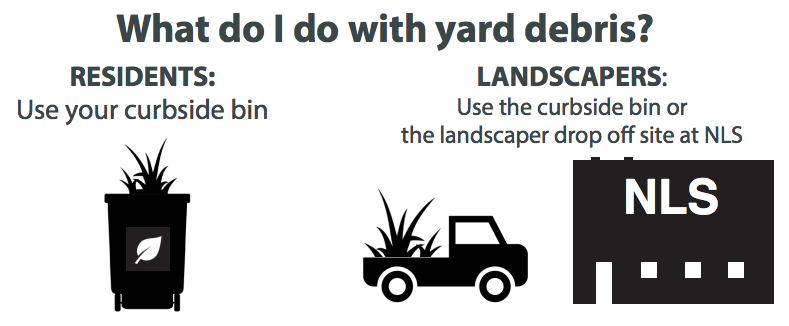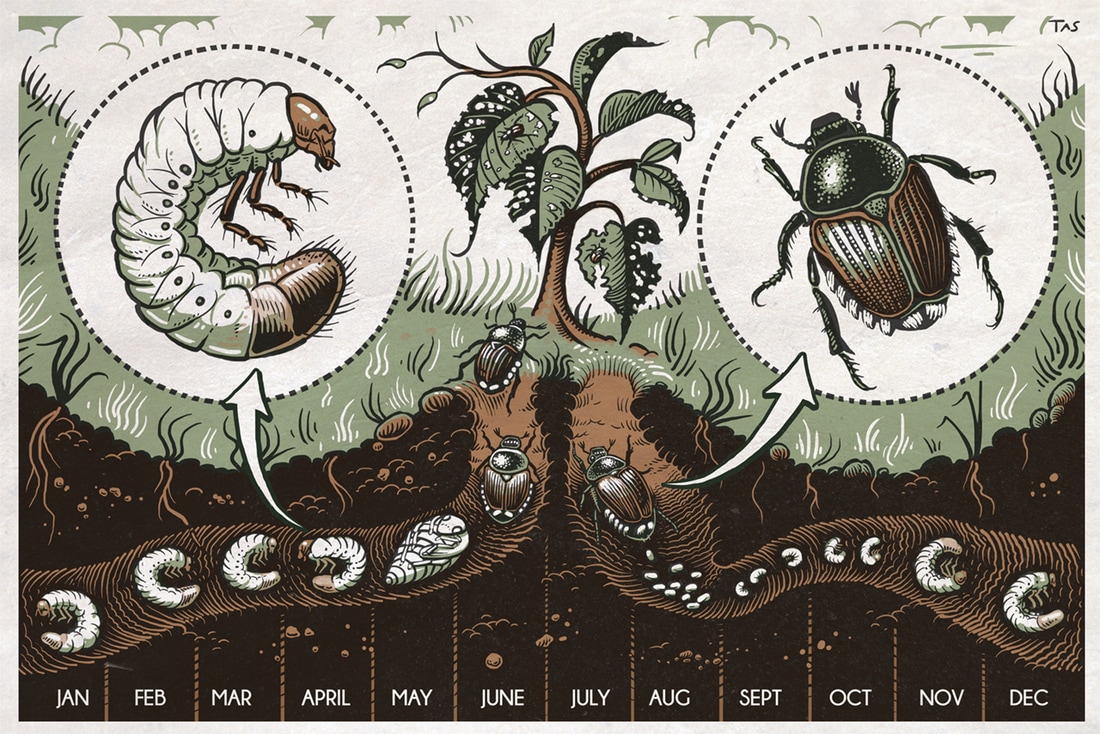|
PLEASE NOTE: THIS POST IS AN ARCHIVE FROM 2017. In order to keep Japanese beetle from spreading while the adults are actively feeding and breeding aboveground, the ODA has established a yard debris quarantine in the area of Cedar Mill and Bethany. As part of the quarantine, residential yard debris including grass clippings, plants with soil, and sod must be contained and placed in curbside yard debris bins or transported directly to the drop off site at Northwest Landscape Services. Compost and transfer facilities are not allowed to accept yard debris from the quarantine area. These containment efforts are necessary to keep the infestation from spreading by way of current waste management practices. To learn more, please visit our Prevention page.
0 Comments
PLEASE NOTE: THIS POST IS AN ARCHIVE FROM 2017. People should expect to see an abundance of Japanese beetles in the quarantine area this summer. As adult beetles begin to emerge from the turf, you can see them feeding on the leaves of a variety of garden and landscape plants. In the weeks to come, adult beetles will lay eggs in areas treated by Oregon Department of Agriculture (ODA). Grubs that hatch deep into treated turf will ingest the granular insecticide Acelepryn applied over the 1,000-acre area and not survive to complete another generational cycle. It is anticipated that subsequent annual treatments will become smaller until the entire population of Japanese beetle in the area is eradicated.
If you see the adult Japanese beetle within the treatment area then the Oregon Department of Agriculture advises that you dispose of them in a container of soapy water. If beetles are observed outside the treatment area please put the specimen in a container or bag and email or call ODA at the contact information provided below. PLEASE NOTE: THIS POST IS AN ARCHIVE FROM 2017.
As of mid-June 2017, the primary larvicide treatment for the eradication of Japanese beetle by the Oregon Department of Agriculture has concluded for year one. In all, 99.9% of the landowners have cooperated with the eradication project. This project represents a grassroots dedication to preserving ecological and community health from this destructive invasive species. The Oregon Department of Agriculture is thankful for the support and participation of over 70 individuals, representing 34 organizations, and the residents of Cedar Mill that have made the first year of this project a success. |
Header photograph by Whitney Cranshaw, bugwood.org
Categories
All
Archives
January 2024
|
|
This website is intended to provide readers with information that has been peer reviewed and produced from transparent and accountable sources. The Oregon Department of Agriculture is the lead agency for this project and maintains this website.
|
© COPYRIGHT 2018. ALL RIGHTS RESERVED.



 RSS Feed
RSS Feed
